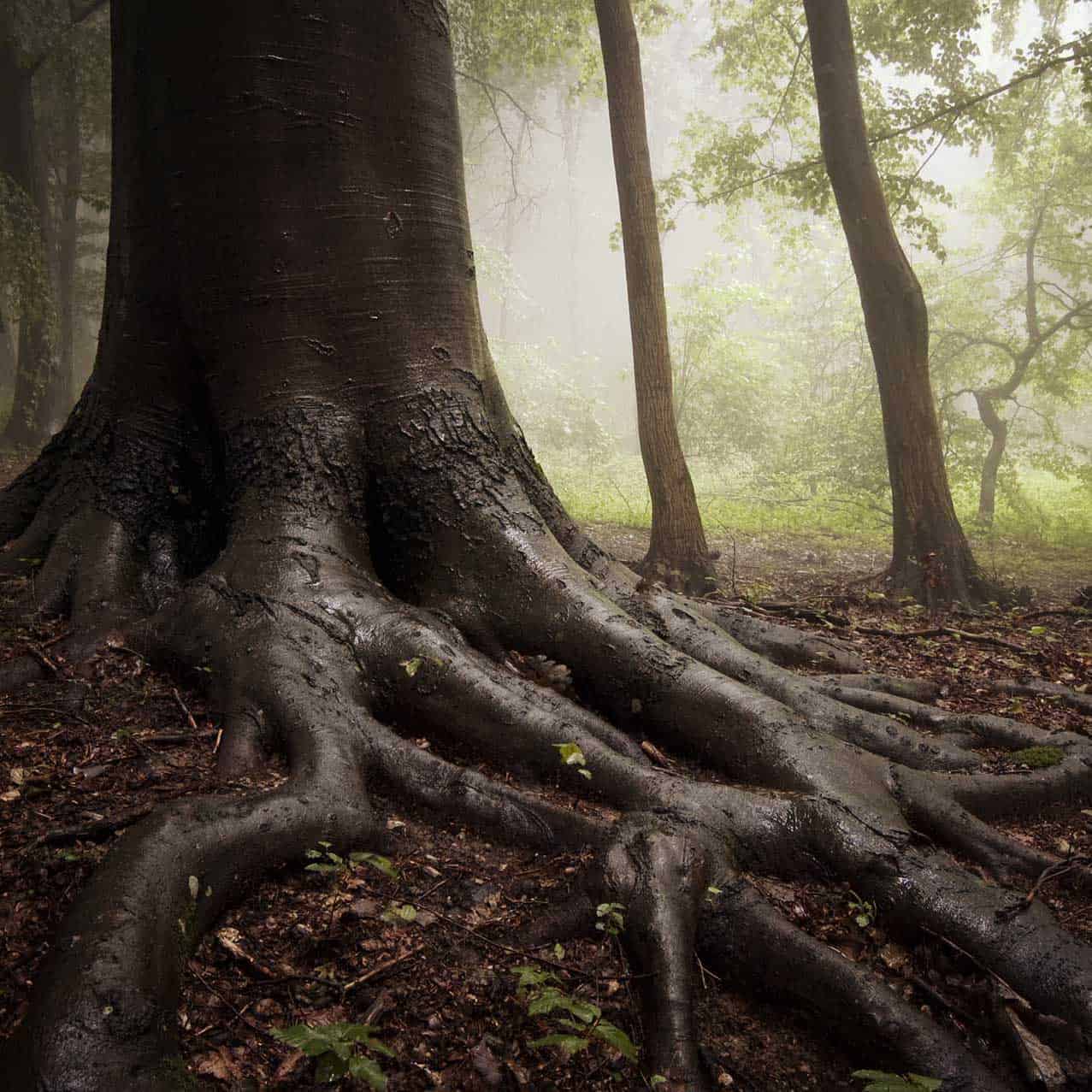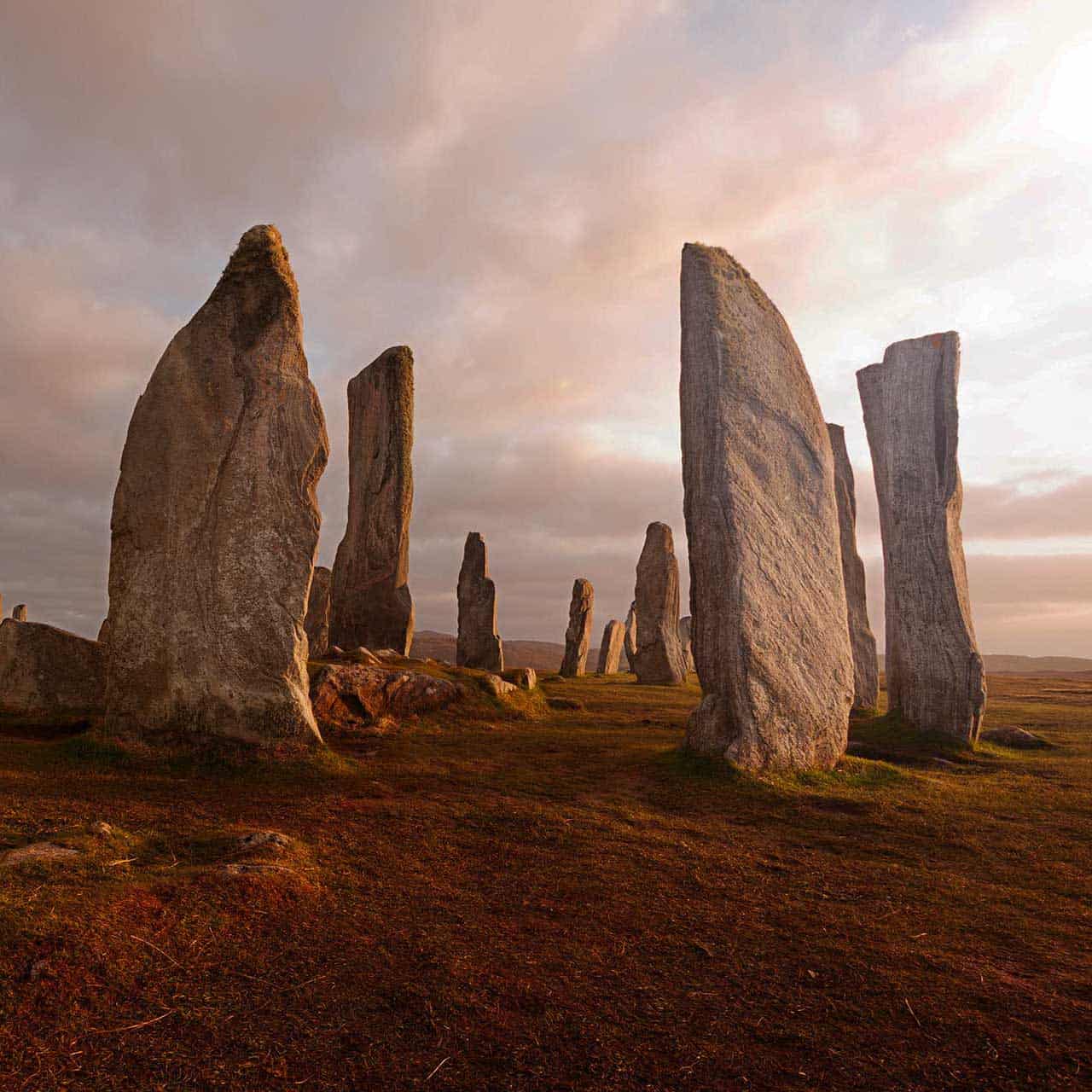The mythic imagination
A manifesto for cultivating the mythic imagination
We think we make them up, the myths, stories and dreams which so richly define the human imagination. But what if they have an existence that’s independent of us? What if they come to us as psychopomps – a beautiful old word of Greek origins which means ‘soul guide’? How then do we learn to listen to them, to see them, and work with them?
It might seem like a radical idea, but it’s one that recurs throughout the history of philosophy. Psychologists Carl Jung and James Hillman also argued that psyche (‘soul’) and its associated archetypes have an independent existence, outside of us. That myth – the fundamental language of psyche – is alive. And so, as Hillman put it, perhaps it is not we who imagine, but we who are imagined.
THE IMAGINAL WORLD
These ideas are found across cultures, over long stretches of time. Henry Corbin, a twentieth-century French theologian and philosopher, wrote extensively about them in the context of ancient Sufi traditions. Corbin used the term mundus imaginalis (the ‘imaginal world’) to describe a particular order of reality which is referred to in ancient Sufi texts. These texts tell us that, between the physical world of our senses and the world of abstract intellect which we imagine sits inside our heads, lies another world: the world of the image – a world that is just as real as either of these other two.
The mundus imaginalis is the place that all spiritual and transcendent experience comes from. It is the source of synchronicities, of ‘psychic’ experiences and creative insights; it penetrates into our dreams and other visionary experiences. This imaginal world, Corbin argued, can be perceived by ‘the psycho-spiritual senses’, and it communicates itself to human beings through images, so that the act of imagining (and an active engagement is required, quite different from more passive activities like day-dreaming) then becomes an act of connection to it. In the imaginal world, everything we encounter has life, agency, intelligence. A stone might tell us a story; the wind might sing to us; thunder might be the voice of a god. We come back to the everyday world carrying images, stories and ideas which can be profoundly transformative.
We seem to have forgotten that this imaginal world exists – though the idea of an Otherworld (or several) which runs alongside this one, which can (sometimes) be reached from this one, which influences this one, which is inhabited by archetypal beings and story-patterns, and which has characteristics of the mundus imaginalis, is a key aspect of several cosmologies throughout the world. It is clearly fundamental to British and Irish folk traditions.
The ancient roots of western spirituality
We’ve also forgotten that the old (pre-Biblical) mythologies and philosophies of the West are rich and complex and beautiful. They offer up a world in which everything is not only alive, but has purpose and intentionality of its own. A world to which each incarnated soul chooses to come, for a reason, and to offer up a unique gift which can only be expressed through relationship with and participation in that animate world. Carrying the fire, carrying with us the image that we were born with, that we brought with us when we chose to come into this world. Knowing that there are Others – who come to us in stories, dreams, images – who will help and guide us if we know how to find them, know how to properly listen.
Over the centuries, this old knowledge has been deliberately overwritten. It’s my belief that we badly need to find our way back to it. We need to find our mythic ground again. We need to re-enchant ourselves – to fall in love again with the world, to find a genuine sense of deeply embodied belonging to this beautiful, animate Earth. To remember, as Carl Jung also said, that humans have always been myth-makers. And to take back that myth-making power from the failing forces that govern us, and find the stories we really want to live by.
Myths & Fairytales as agents of transformation
Stories and myths really are key to our very necessary transformation, because humans are storytelling animals, for sure. We begin to perceive, explain and make sense of the world through the stories we find in childhood – or the stories which find us. They are the stars we navigate by, and our traditional folk and fairy tales are the brightest stars of all. In fairy tales, the tasks which must be undertaken are the stuff out of which souls are forged. If we treat them with the respect they deserve, we come to understand all the ways in which they can help us to reimagine ourselves – because they help us to believe in the possibility of change. We come to see that there are other ways of imagining the world and our place in it – and of living more intensely, and more richly, in a world that is filled with challenge, and sorrow. We come to find different stories to live by – and along with them, new meaning. Stories which speak to our longing for deeper connection, for deeper meaning. Which reflect the old ways of knowing that are still written in our bones: the knowing that tells us we are part of the great web of life on this planet – that we belong here.
why imagination matters
When I was a small child, I inhabited, as most children do, a vivid imaginal world. But the products of my imagination weren’t created from inside my head: my imagination took flight as a result of my interactions with the physical and sensory world around me. Unfortunately, just as many of us do, I came to understand at a very early age just how profoundly we have come to devalue imagination in the West – how we think of it now as little more than fantasy, or escapism. But throughout human history, until the so-called ‘Enlightenment’ actively disenchanted us, the imaginal world had always been known to be as real as any other. To archetypal psychologist James Hillman, the act of imagining was the act of soul-making; to contemplate the imaginal is literally to dream ourselves into being. But although such ideas might be alive and well in academic psychology or in the therapy room, they really haven’t much impacted our everyday lives at all.
It wasn’t always so. Until the Reformation, medieval culture in Western Europe was characterised by contemplative practices which depended on employing the imagination, and at the heart of this contemplative culture was a belief in the power of the imagination to connect us to the divine. There is also a rich tradition of Buddhist, Tantric, Hindu and Taoist practices in which the imagination is foundational; most of us would be familiar with practices like visualising the chakras, for example, or the contemplation of mandalas. But purposeful engagement with the imaginal as an everyday activity – or more than that, as a way of being in the world – is a rare thing here in the contemporary West.
In the face of the many problems which confront us in our ever-more challenging world today, this might not seem like the greatest of all possible tragedies. But in cutting ourselves off from the imaginal world, and in relegating the powerful act of imagining to mere ‘day-dreaming’ or ‘fantasising’, we are also cutting ourselves off from what philosophers and poets throughout history have understood to be the underlying reality of our existence. Because it is imagining which allows us to penetrate the veil, to see beyond the everyday, and into the world of myth and archetype – to begin to understand the ‘Forms’ or ‘Ideas’ which Plato suggested were the underlying structures of the cosmos. To engage in the practice of imagining, then, and to work with the mythic imagination, is about moving beyond the limits of our ego and descending into the deepest layers of our individual psyche, in order to understand the ways in which we are uniquely entangled with the world soul – the psyche of the cosmos itself.
Our inner imaginarium
The practice of mythic imagination which I teach is premised on the fact that each of us has our own unique inner imaginarium. We are each haunted by different images, poems, works of art; we each resonate with different myths or fairy tales, and with different archetypal characters within them. And each of us identifies with different archetypal characters and patterns at different times in our own lives. Our unique mythopoetic self is also revealed in our dreams, in our encounters during deep imagination journeys, in our visionary experiences, in our special relationships with other-than-humans, when we find ourselves in the edgelands, the liminal zones …
our unique guiding soul-image
How do we uncover those mythopoetic patterns which are unique to each one of us? How do we bring them to life, and let them work their magic on us? How do we unveil the guiding image which each soul brings into this world – the image which, from Plato to James Hillman, has been called the daimon: an accompanying guide who helps us to remember our soul’s calling? How do we begin to dance with our daimon; how do we learn to listen to its wild song? The practice of mythic imagination is about being open to, and about actively contemplating, the images which arise unbidden in our dreams, in stories, poems and art. It’s about exploring the symbolic languages of the imagination – the archetypal languages, for example, of the tarot and astrology. Above all, it’s about courting the anima mundi of ancient tradition – the world soul of which each individual soul is a part.
re-wilding the imagination
Rewilding the imagination is a necessary but lifelong practice. It happens through relationship, because – those ancient spiritual traditions of ours tell us – we chose to incarnate into this physical world. It is the literal ground of our being: what Keats called ‘the vale of soul-making’. We belong to this beautiful, animate Earth; we were meant to be here. And it’s through acts of radical belonging to our places – the places where our feet are planted, right now – that we find our mythic ground. It’s through the emplaced imagination that we find our place in this world: who we were meant to be, here in this world, this place, right now. And so deepening our relationship with place – mapping our own individual ecopsychology – is at the very heart of my work with the mythic imagination.
IF YOU ENJOYED THIS ARTICLE, YOU MIGHT BE INTERESTED IN THESE PROGRAMS:

Courting the world soul
An exciting new course which offers practical techniques for cultivating your mythic imagination, uncovering the unique mythic threads which are woven through our lives, and exploring the unique soul-gift you bring to this world.

This mythic life
A unique and intensive self-study course which supports you while you’re delving deep into the mysteries of wild psyche – through working with myth, archetypes, dreams, fairy tales, and other creative and expressive practices.
JOIN MY PACK
Subscribe to my free monthly newsletter, ‘The Art of Enchantment’, on Substack, and be among the first to hear all the latest news about my books, courses and events – as well as personal seasonal reflections and reading recommendations. You’ll also receive a special gift as a thank you for joining me!
If you’d like to become a paid subscriber, you’ll have access to exclusive articles, podcasts, chat and much more.